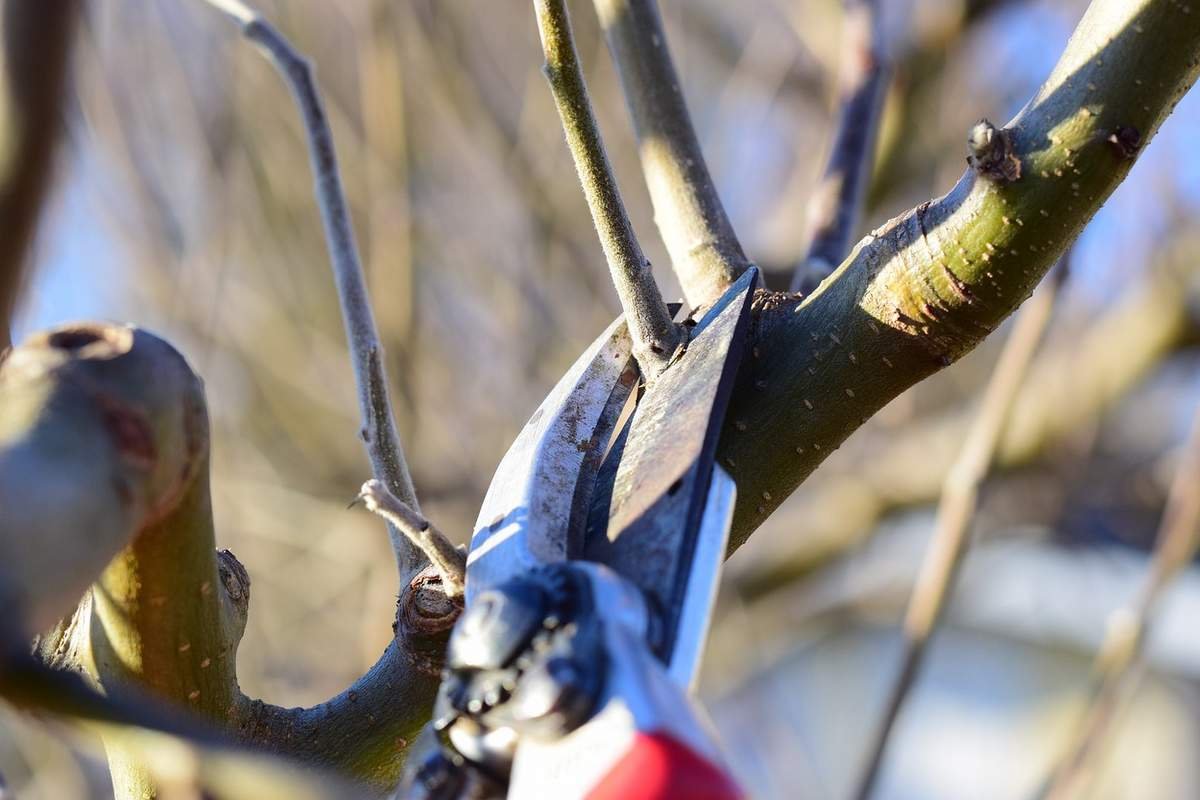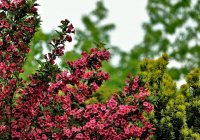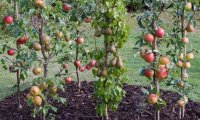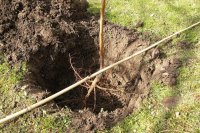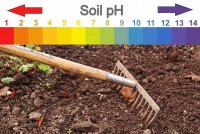
Using Wood Ash as a Garden Fertilizer

How to use wood ash fertilizer in the garden and for composting
The use of wood ash as a fertilizer in the garden has a long tradition, but many gardeners are not quite sure how to use it effectively. In this article we'll take a look at how to apply wood ash fertilizer in the garden and what to bear in mind when using this natural resource.
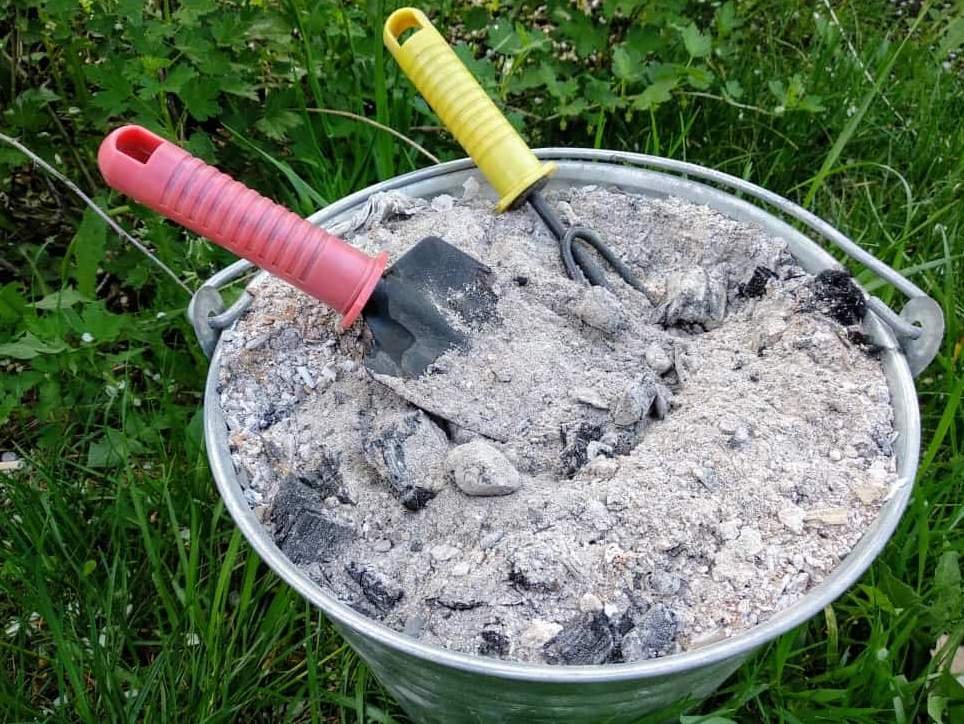 First of all, fresh wood ash is an excellent source of potassium, calcium, phosphorus and other micronutrients for the soil, so it can be used as a 100% natural fertilizer. Wood ash fertilizer is particularly beneficial for acidic soils, which benefit from an increase in pH. It's therefore often used instead of lime (ground limestone) in the soil to make small pH adjustments, as it has about half the pH-raising capacity of lime. Because of its higher pH, it is not advisable to use wood ash for fertilizing acid-loving plants such as blueberries, rhododendrons or heathers. Similarly, wood ash fertilization makes no sense for soils that already have a pH higher than 7, as most plants thrive in neutral to slightly acidic soils (pH 6-7).
First of all, fresh wood ash is an excellent source of potassium, calcium, phosphorus and other micronutrients for the soil, so it can be used as a 100% natural fertilizer. Wood ash fertilizer is particularly beneficial for acidic soils, which benefit from an increase in pH. It's therefore often used instead of lime (ground limestone) in the soil to make small pH adjustments, as it has about half the pH-raising capacity of lime. Because of its higher pH, it is not advisable to use wood ash for fertilizing acid-loving plants such as blueberries, rhododendrons or heathers. Similarly, wood ash fertilization makes no sense for soils that already have a pH higher than 7, as most plants thrive in neutral to slightly acidic soils (pH 6-7).
In addition to carbon, which is the main component of wood ash, this material contains the already mentioned calcium and potassium salts as well as many other minerals that plants use for their growth. However, using wood ash in large quantities as a fertilizer can lead to lye being easily leached out by rain, which could damage plants as well as the microbial life in the soil that makes it fertile. This is because the potassium contained in the ash is highly soluble in water, so that as soon as the ash gets wet, it leaches out concentrated potassium lye (potassium hydroxide). It's advisable to spread the ash evenly over the whole area and incorporate it into the soil in small quantities (max. 5 kg per 10 sq. m/1 lb per sq. ft) so that its concentration does not reach levels that would be harmful to plants and soil microflora.
Wood ash in compost
An excellent option is to use wood ash for composting. Together with other organic materials, the ash is converted into compost, which provides nutrients for plants in a more usable form. The best results when using ash in compost are achieved by layering this material with other organic materials in the composter (organic kitchen waste, sawdust, dry leaves, coffee waste, grass clippings...). Ash is alkaline even when used in compost and for this reason it is necessary to layer this material so that the rapidly rising pH does not endanger beneficial bacteria and earthworms.
The specific nutrient profile that wood ash contains depends on the type of wood it comes from. Hardwood ash from deciduous trees (beech, oak, maple...) contains the most nutrients, while ash from conifers is poorer in nutrients.
Wood ash fertilizer tips
 • Wear a mask when applying the ash, as the tiny dust particles in the ash can end up in your respiratory tract and harm your health. You can also reduce the dustiness by spraying the ash with water.
• Wear a mask when applying the ash, as the tiny dust particles in the ash can end up in your respiratory tract and harm your health. You can also reduce the dustiness by spraying the ash with water.
• The ideal time to apply wood ash in the garden is late autumn.
• Wood ash can also be used for pest control in the garden. If the ash is spread around the plants, it will protect them from slugs, as the salts contained in the ash kill these pests. The disadvantage of using ash for this purpose is that it is necessary to reapply the ash after rain.
Related themes:
1. Find out How to test soil pH and adjust soil acidity
2. Find more about How to Extend the Growing Season in Your Fall Garden


 Author
Author


